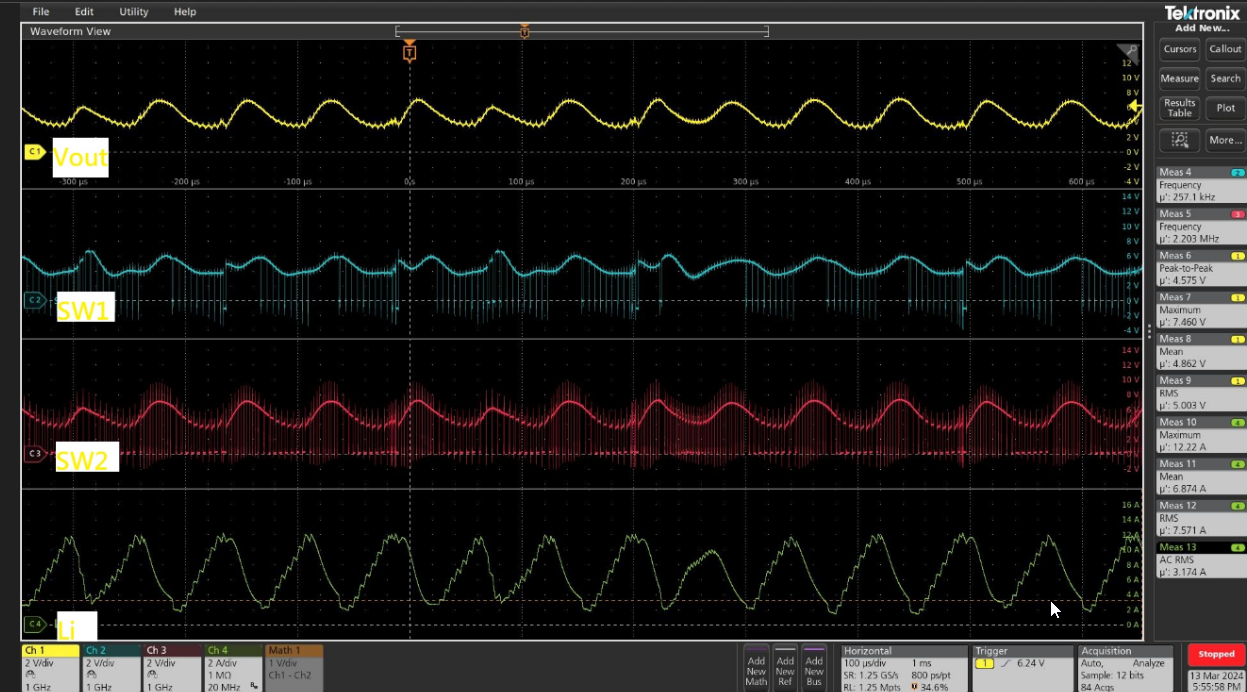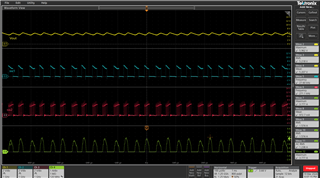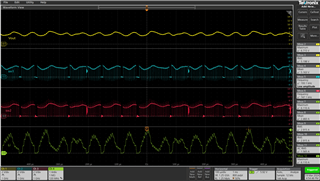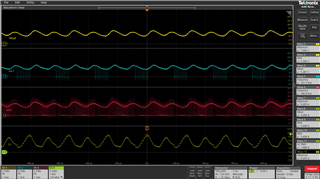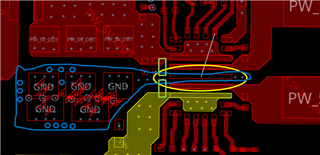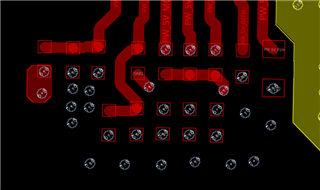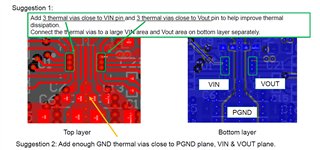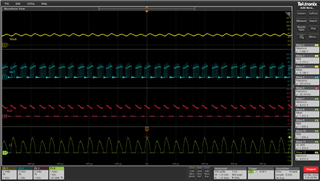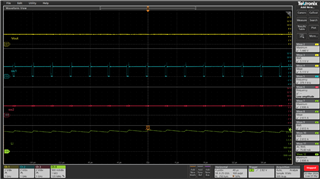When I tesing my design board for TPS552892.
The efficiency does not meet specifications definition.
Test data1 _(PFM_5Vin/ 5vout):
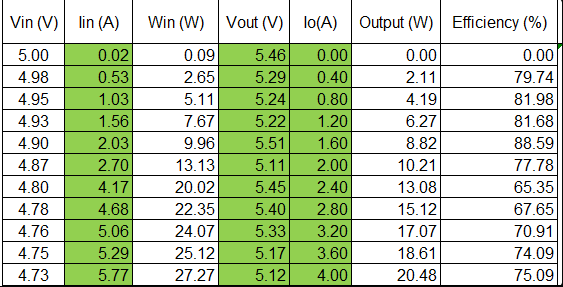
Test data2 -(FPWM_(5Vin/ 5vout)): 
But, When I change the VIn to 20V(Keep Vout : 5V)
The measurement data is close to the specification information.
Test data2 -(FPWM_(20Vin/ 5vout)):
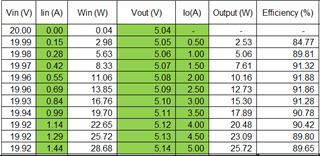
As far as I know, 558892 d uty cycle can be 100%,
Why is it so bad of Efficiency for 5vin/5vout?
-
Ask a related question
What is a related question?A related question is a question created from another question. When the related question is created, it will be automatically linked to the original question.



